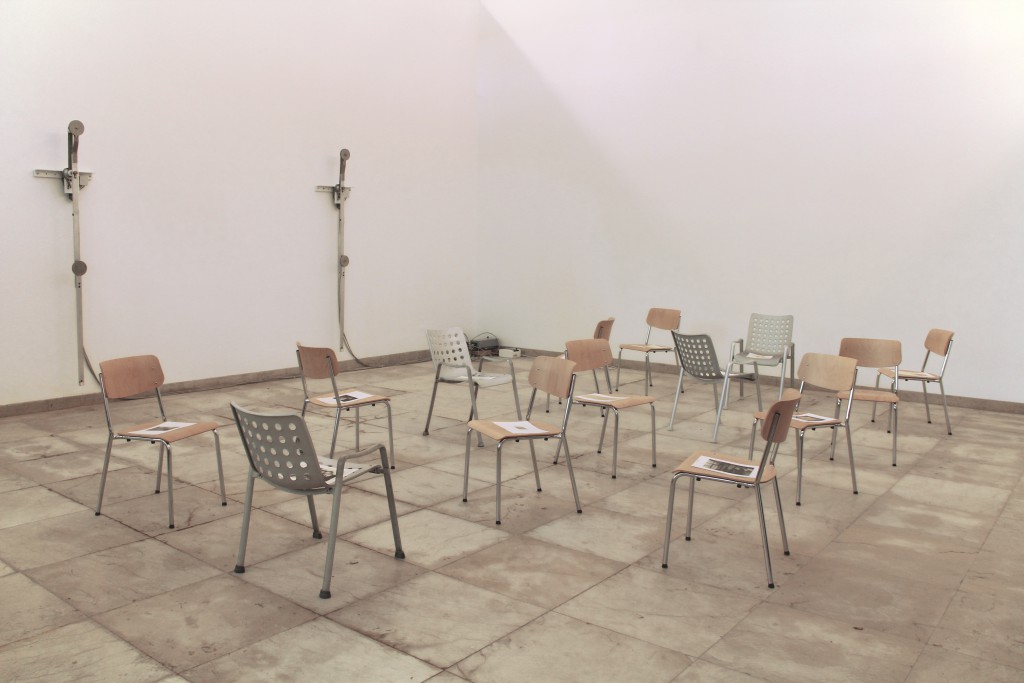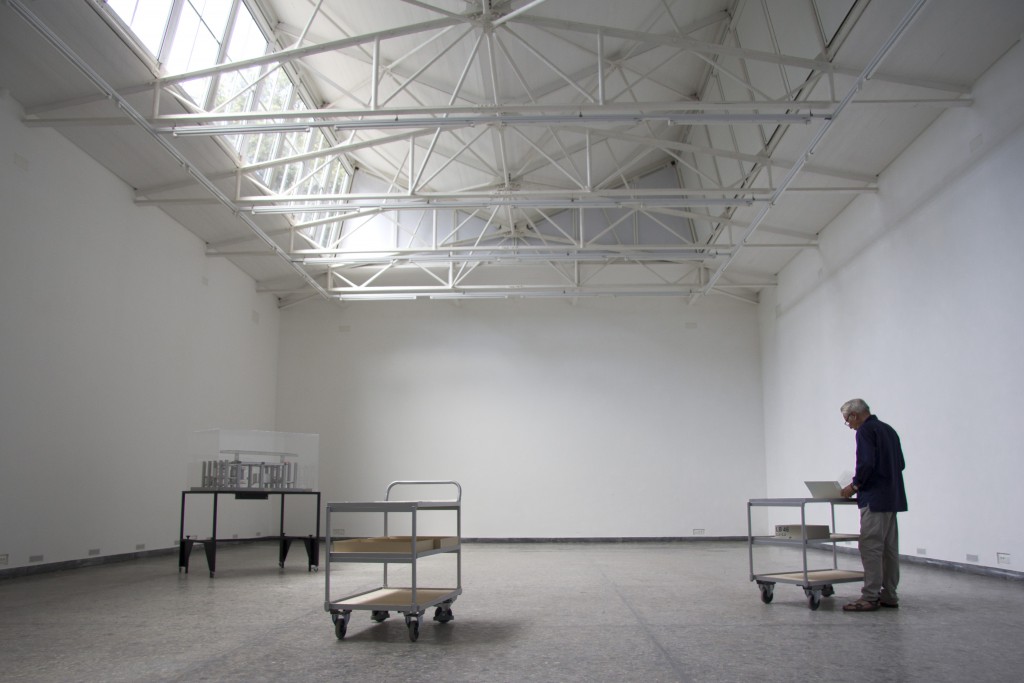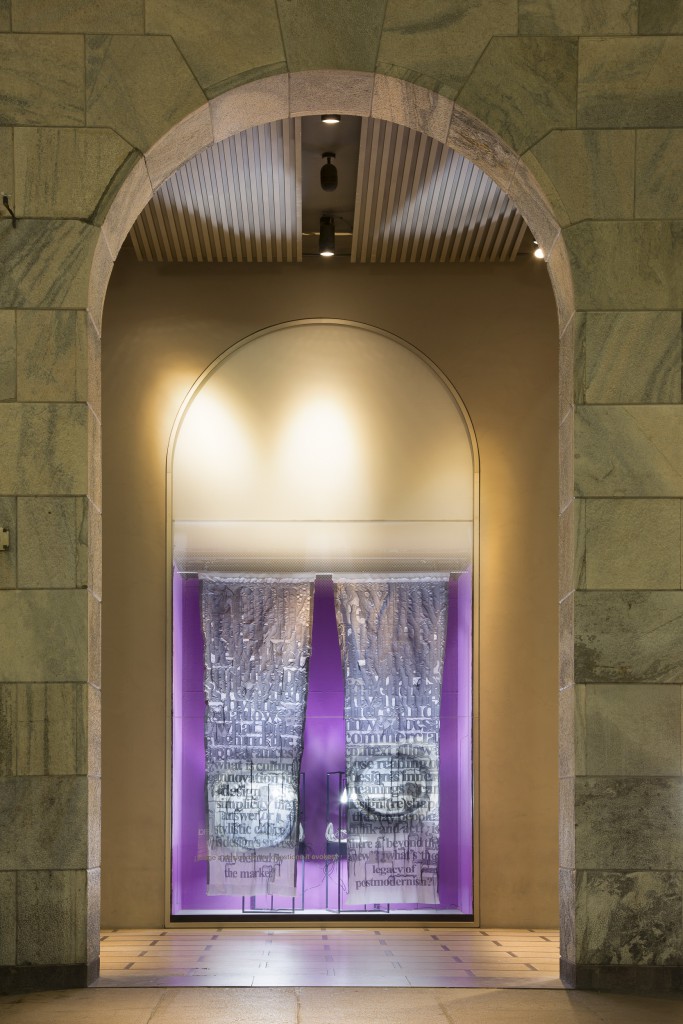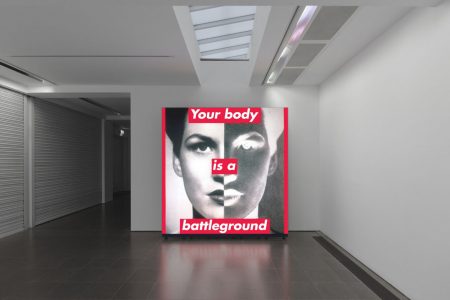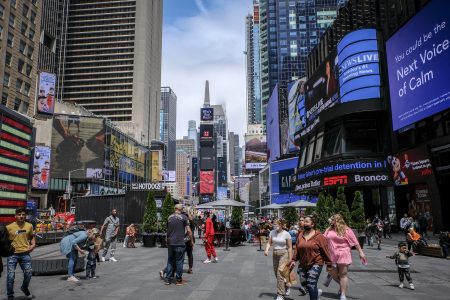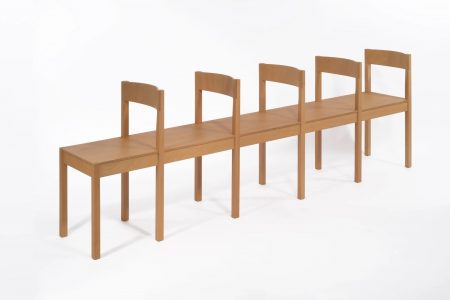Hans Ulrich Obrist
Hans Ulrich Obrist is the Artistic Director at the Serpentine Galleries in London, a firmly established venue at the pinnacle of contemporary art. The Swiss-born curator and writer is a passionate observer of everything that moves in and around the art world. He is known for his incessant wanderlust and his eager exploration of the now. Encounters between different worlds pique his curiosity and fuel his inspiration. TLmag caught up with Obrist to talk about how growing up in Switzerland influenced the course of his exceptional curatorial career.
TLmag: You grew up in Switzerland and experienced its rich cultural landscape. How has that informed your career as a curator and a writer?
Hans Ulrich Obrist: During my formative years in Switzerland, my biggest influences mostly came from literature. As a kid, I read all of Robert Walser’s books. Later, I founded a museum to pay homage to his work. I was very inspired by the book Wanderungen mit Robert Walser by Carl Seelig, which documents the walks that the author took with Walser towards the end of his life. The book reads like a promenade of poetry. Other important influences were Méret Oppenheim, Ludwig Hohl and his use of language and the great Swiss playwrights, Friedrich Dürrenmatt and Max Frisch. In my early teens, I also had an epiphany with Alberto Giacometti. It came to mind again recently because I just saw a great Giacometti show in Shanghai. It brought back this childhood memory of seeing the long, thin Giacometti sculptures for the first time. These are all the main reasons why I do what I do.
TLmag: As we know, there are a couple of standard formats that condition the art world: fairs, biennials, solo exhibitions and group exhibitions. You have often played around with those formats. What does an exhibition mean to you and how should it function in order to be successful today?
HUO: It’s very context dependent. It’s always tied to the situation so it’s very difficult to generalise. You could say that exhibitions always involve a close dialogue with the artist. Curating always follows art. Of course, from the 19th century until the 1960s, art history was mainly the history of objects. Then in the 1960s, we saw the emergence of dematerialisation, conceptual art, and non-objects. Lucy Lippard’s work and pioneering exhibitions were a great inspiration. Michel Serres advanced the notion of the quasi-object or what Timothy Morton recently called hyperobjects. Curating has become more complex because it is no longer about curating objects alone – objects will always be there. Now it is also about curating non-objects, quasi-objects, and hyperobjects. I would add that curating is also about forming junctions between objects and between people as well. A successful exhibition provides us with extraordinary experiences but it also invents and suggests new rules.
TLmag: I am reminded of your wonderful show, A stroll through a fun palace, at the Swiss Pavilion during the 2014 Venice Architecture Biennale. You brought together the legacies of the Swiss sociologist Lucius Burckhardt and the British architect Cedric Price. The exhibition was very refreshing in that it was a great example of rethinking the way that architecture is displayed. You have said that you believe in unexpected curatorships and that architects and scientists can be curators too. Can you elaborate on this thought with regards to this project?
HUO: I’m glad you asked because A stroll through a fun palace was one of my favourite experiences as a curator. I have always wanted to pay homage to Cedric Price and Lucius Burckhardt. The latter was another key influence growing up in Switzerland. Burckhardt founded Strollology, the science of going for a stroll, which he implemented at the University of Kassel. In Burckhardt’s analysis of urban spaces, he went far beyond façades and the visible architecture of streets and squares. For instance, he took into account the neighbourhood’s dirt and its darkness at night. Design, he said, is invisible, and architecture must consider environmental and social circumstances, which by far outweigh the visible circumstances of city dwellers. This also connects to Italo Calvino’s Invisible Cities. Burckhardt was a great role model. He taught Herzog & de Meuron. As a sociologist, he felt the need to change things by looking at categories of problems. At the Swiss Pavilion, we invited Asad Raza and Tino Sehgal to choreograph the exhibition with Herzog & de Meuron, Dominique Gonzalez-Foerster, Dorothea von Hantelmann, Philippe Parreno, Koo Jeong A and Lorenza Baroncelli, along with myself . We created a dynamic set of archives using trolleys, which wheeled materials out towards the viewer. It triggered conversations about the idea of living archives and choreography as a 21st century ritual. As the American anthropologist Margaret Mead pointed out, there is a limit to the ritual of the exhibition, which oftentimes only appeals to our sense of vision. It seemed appropriate to me to make an exhibition that would appeal to all of the senses.
TLmag: I’m struck by your interest in non-objects and the more immaterial forms of exhibition creation. I see a connection here to your continued defence of the printed book. I’m thinking, for example, of The Age of Earthquakes: A Guide to the Extreme Present, your Marshall McLuhan-inspired collaboration with Douglas Coupland and Shumon Basar. The project was informed by the idea that the Internet has changed the way that we live and think. Yet at the same time, it epitomises your loyalty to the traditional book format. How do you negotiate between new and long-established technologies?
HUO: I suppose there is always oscillation between the two. When I was growing up in Switzerland, obviously it was the era of the fax. I remember the plan that I made with Alighiero e Boetti to set up a fax agency. We were going fax people in the art world every day with a new art project. That was obviously the pre-internet era. Of course today, I use the Internet for research. In a field that is so experiential, actually visiting an exhibition is very important. In that sense, exhibitions are very haptic and physical. We have not seen exhibitions grow any less popular in the age of the Internet. We have one million visitors every year at the Serpentine Galleries, which is more than we’ve ever had before. Live music works the same way. There is clearly a desire for those kinds of experiences. The same is true for books, which haven’t disappeared at all in the digital age. We still have a strong attachment to books as physical objects. That’s what we wanted to show with The Age of Earthquakes. We wanted to reinvent the medium of the paperback, which obviously has a long history of experimentation. We wanted to make a 21st century version of paperbacks that would look at our “extreme present,” so we developed a textbook with images. Many artists contributed so you could say that it’s an exhibition in book form.
TLmag: As a Swiss curator working primarily outside of Switzerland, what is your relationship to Swiss institutions?
HUO: I have a wonderful on-going dialogue with the Fondation Beyeler in Basel. That is where I curated my first large Swiss museum show, a Gerhard Richter retrospective. I also have a longstanding working relationship with Art Basel. I have co-curated and participated in every single Art Basel Conversation since its inception – from Miami to Basel and Hong Kong. Two of my live-art exhibitions took place in Switzerland in collaboration with Art Basel, the Fondation Beyeler and Theater Basel. The first one was “Il Tempo del Postino,” which I curated with Philippe Parreno. It was a visual arts opera. Artists were given time instead of space. The second live exhibition was “14 Rooms,” which I curated with Klaus Biesenbach. It was originally commissioned by the Manchester International Festival as “11 Rooms.” Artists gave performers instructions for their role in the live pieces in this exhibition of living sculptures. It’s interesting to note that most of my earlier shows, like “Cities on the Move” and “Do It,” were never preformed in Switzerland.
TLmag: You’ve co-curated many shows. Can you speak to the importance of collaboration with regards to your curatorial practice?
HUO: I have always adhered to the principle of dialogue. The great advantage to that approach is that you are not alone. You can bounce ideas off each other. The question could also be flipped. Why are so few people collaborating? Why is there even a debate about collaboration in the art world? If you look at science, for example, collaboration is perfectly normal. Today, I spoke with John Brockman from the edge.org platform, which is where the great scientific debates are taking place. In science, it has become unusual for one genius scientist to have an epiphany or to look at a tree and invent a great scientific theory. The Nobel Prize is given to groups of scientists, for example. It’s like Latour’s actor-network theory. We live in an age of holacracy. Everything is more horizontal. I don’t believe in the authoritarian verticality of having one curator write up a checklist for the rest of the world to follow. I’m less interested in the idea of a top-down manifesto than in a bottom-up approach. We shouldn’t just be talking, broadcasting and producing loud manifestos. Looking and listening are important too. They are truly 21st century qualities. For me, collaboration is not even a question. It is of this era.
TLmag: The Serpentine Galleries collaborates with architects, designers, scientists, and writers at its annual Marathons. It also has partnerships outside of the gallery at the Salone del Mobile in Milan, for example. What draws you to these interdisciplinary encounters?
HUO: I am rooted in the art world. If you want to understand current trends in art, you also have to know what’s going on in science, literature and music. This brings to mind the Black Mountain College or Serge Diaghilev and the Ballets Russes. They all have to do with working in between different disciplines. In one of my last conversations with Zaha Hadid, she said, “You know, there is no end to experimentation.” I believe that too. When you think about experimentation as being endless, you can see that it isn’t limited to the art world. It is also part of architecture and design. Charles and Ray Eames and George Nelson, for example, made visionary exhibitions and experimented with display methods. Nothing should prevent us from working with designers on similar experiments today. We organised two very experimental shows about design in the 21st century with Konstantin Grcic and Martino Gamper at the Serpentine. You go into different fields, start working in them and then invite people from those fields to work in your field. When Julia-Peyton Jones and I ventured into the design world, the Milanese department store la Rinascente invited the Serpentine Galleries to curate shows in their large storefront window. Martino Gamper told the public that if they brought in broken objects, like shoes or books, he would repair them. For this year’s Salone del Mobile, we are working with the designers Hella Jongerius and Louise Schouwenberg, who are doing an amazing shadow play about design. Of course I’m not a design or architecture expert and I’m certainly not a scientist. I’m a curator and writer. As such, I am deeply anchored in the art world. My curiosity drives me to experiment in other fields. I learn from those fields and then bring back new ideas into my own field.
TLmag: You have often referred to Diaghilev’s famous quote, “Étonnez-moi.” What astonishes you these days?
HUO: Great artists keep surprising us. I’m astonished on a daily basis by the philosophers, artists and scientists I encounter. The astonishment in that famous quote, “étonnez-moi,” which Diaghilev and Cocteau discussed together, always has to be there. It’s the motivation.
TLmag: Which projects are you looking forward to in the near future?
HUO: I’m very excited about our summer show at the Serpentine. It is actually connected to Switzerland because it will be about mountains. Switzerland is not the only place with mountains. There are also amazing mountains in Lebanon. Lebanon has long been described as the Switzerland of the Middle East. We are organizing an exhibition with the great painter, essayist and poet Etel Adnan. After painting the mountains in Lebanon, she painted amazing portraits of Mount Tamalpais, which is near her home in Sausalito, California. Like Cézanne’s Mont Sainte-Victoire series, Adnan chose Tamalpais to be her best friend. She painted the mountain over a period of twenty years and wrote an extraordinary book about this contemplative act. Adnan is a great activist. She gives us hope in these difficult times full of war and despair. Her paintings radiate hope. I am very much looking forward to infusing the world with this hope. Besides Etel Adnan, we’ll have a show focussing on Alex Katz’s landscapes. There are parallels with Adnan’s show since Katz is a visual artist with a very strong link to poetry. We also look forward to the annual Marathon, which we’ll curate in collaboration with the amazing artist Sophia Al-Maria. As a filmmaker and novelist, Al-Maria blurs the different boundaries between the disciplines. Today, she talked to me about miracles and their importance during difficult times. You asked me what surprises me. I think it’s interesting to see how many artists are coming back to the idea of miracles as a way of thinking about the future.
